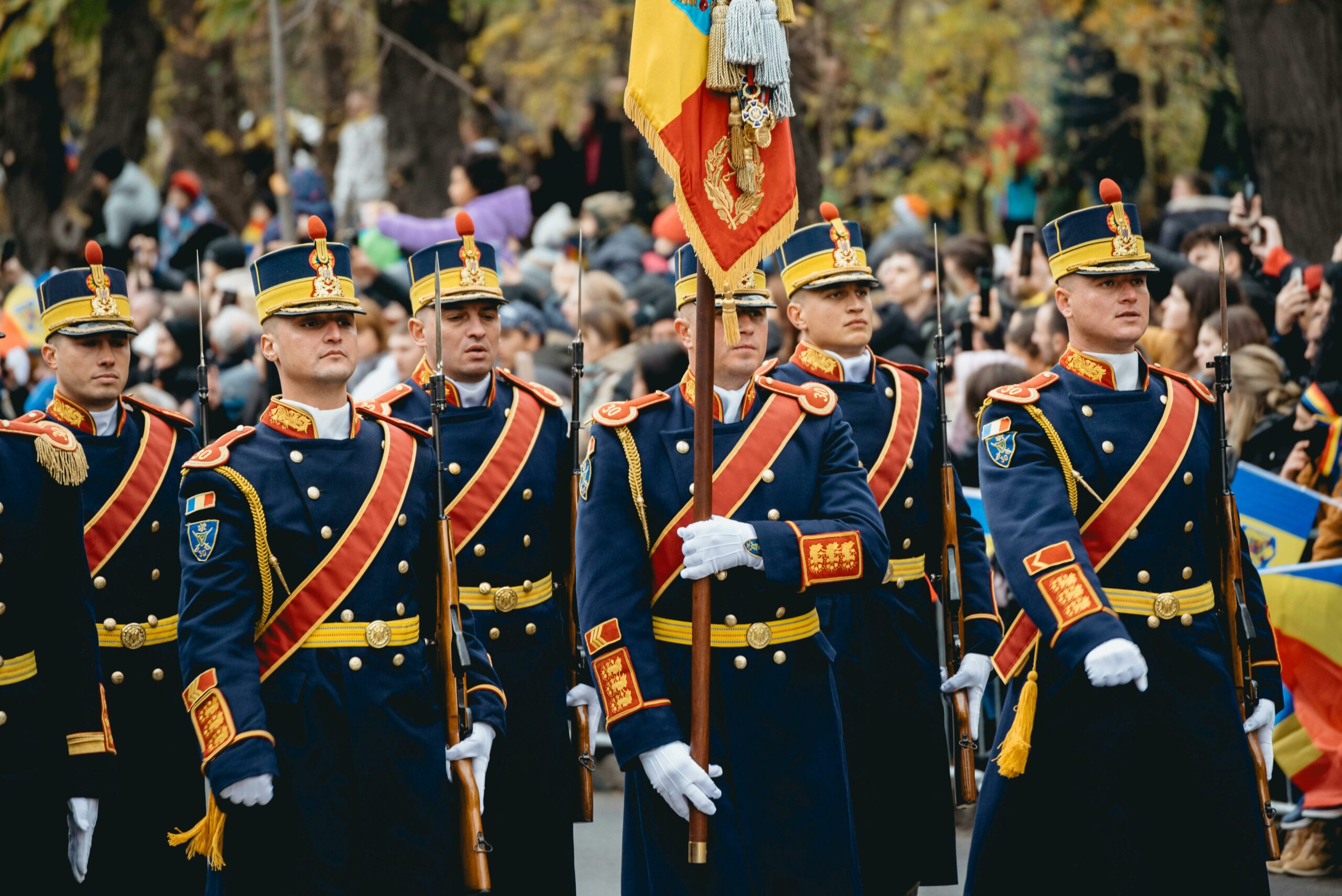The history of Bucharest, Romania’s capital and largest city, is rich and complex, spanning centuries of political, cultural, and economic developments. Here is an overview of key historical milestones in the history of Bucharest:
- Early Settlements:
- The area around present-day Bucharest has a history of human habitation dating back to ancient times. Archaeological evidence suggests that Dacians, a Thracian people, settled in the region before the Roman conquest.
- Roman Period:
- The Romans conquered Dacia in the early 2nd century AD, and the territory became part of the Roman Empire. The Roman settlement of “Dâmbovița” (after the river that flows through the city) is considered an early precursor to Bucharest.
- Middle Ages:
- The region witnessed various migrations and invasions during the medieval period. In the 14th century, the Hungarian Kingdom gained control of the area, and Bucharest began to develop as a market town and trading hub.
- Vlad the Impaler:
- Vlad III, commonly known as Vlad the Impaler, ruled Wallachia in the 15th century. He is often associated with the Dracula legend. Bucharest was temporarily his residence, and his rule left a mark on the city’s history.
- Ottoman Influence:
- In the 16th century, the Ottoman Empire occupied Wallachia, and Bucharest became a key administrative and trade center within the Ottoman Empire. The city experienced significant growth during this period.
- Phanariote Rule:
- The Phanariotes, a group of Greek administrators, played a role in governing Wallachia in the 18th century. Bucharest continued to develop as a cultural and economic center.
- 19th Century:
- The 19th century saw Bucharest becoming the capital of Wallachia and later, the united Romania. Major urban planning initiatives, including the construction of important landmarks like the Palace of the Parliament (formerly known as the People’s House), shaped the city.
- Independence and Modernization:
- Romania gained independence from the Ottoman Empire in 1877, and Bucharest became the capital of the newly formed state. King Carol I played a key role in modernizing the city, introducing Western architectural influences and infrastructure projects.
- Interwar Period:
- Bucharest continued to thrive culturally and economically during the interwar period. The city experienced modernization, and its architecture reflected a blend of styles.
- Communist Era:
- The communist regime under Nicolae Ceaușescu (1965-1989) left a lasting impact on Bucharest. Large-scale urban projects, including the construction of the Palace of the Parliament, transformed the city’s landscape.
- 1989 Revolution:
- The fall of the communist regime in December 1989 marked a turning point in Bucharest’s history. The city played a central role in the anti-communist protests and witnessed significant political changes.
- Post-Communist Era:
- After the revolution, Bucharest underwent a period of transition and economic restructuring. The city continued to evolve as Romania embraced political and economic reforms.
Today, Bucharest is a dynamic European capital with a mix of historic and modern elements. Its rich history is reflected in its architecture, cultural institutions, and the diverse influences that have shaped the city over the centuries.


